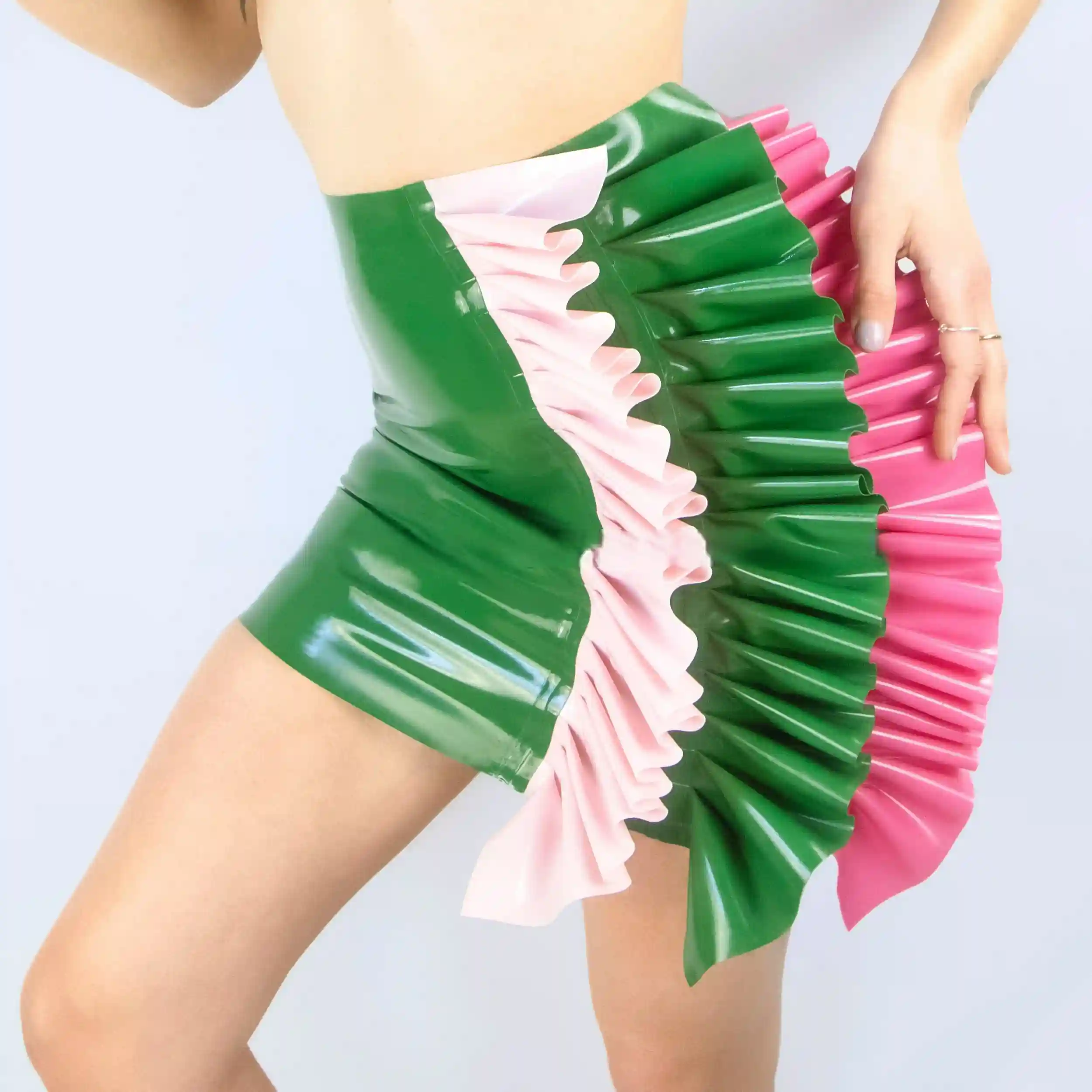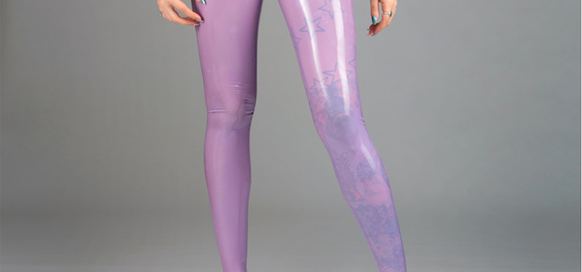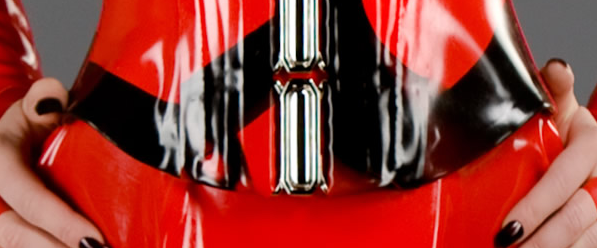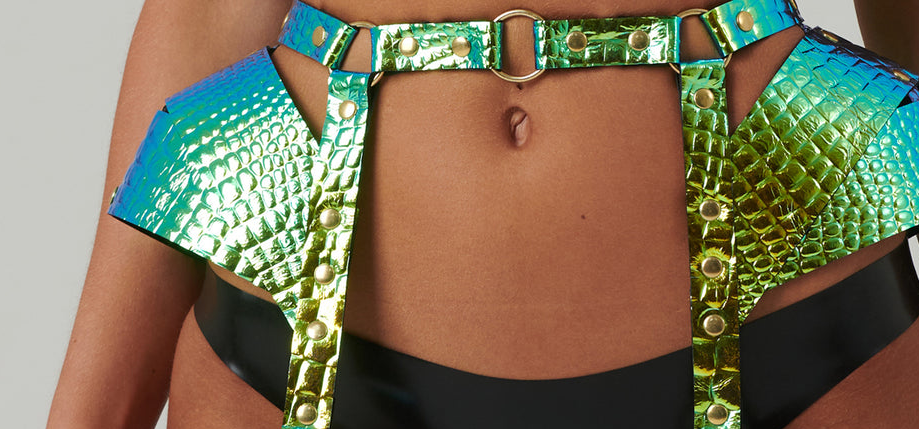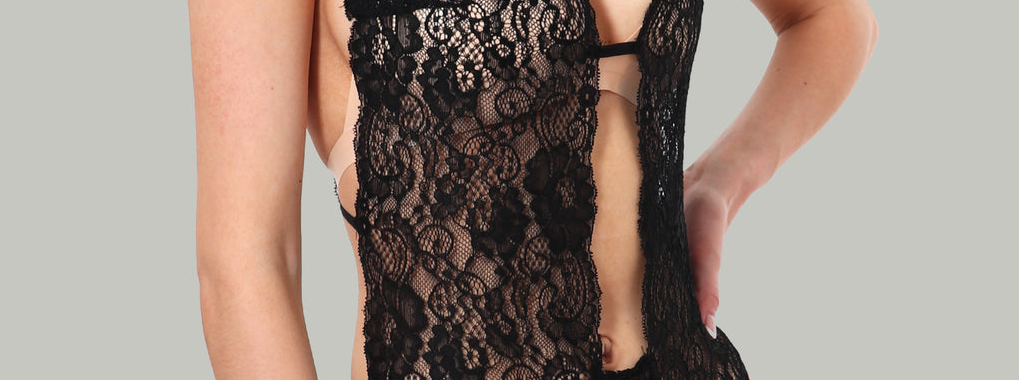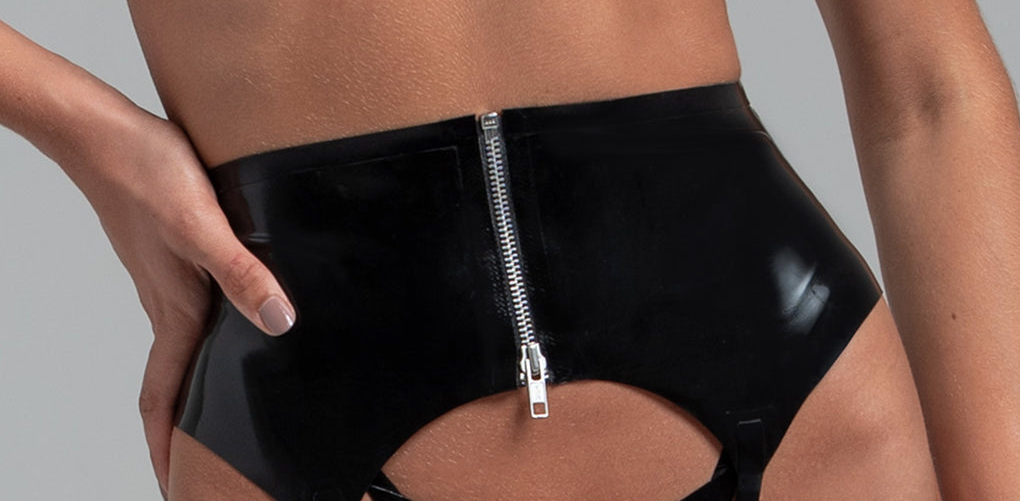
Fashion trends come and go in this world, but there is always something essentially timeless about the simplicity and sophistication of a black and white latex dress. The black and white latex dress is a must-have item because it can be worn for any season or occasion. In this article, we will explore how the black-and-white latex dress remains captivating to fashion enthusiasts around the world through its unassuming charm.
Classic Sophistication
Among all dresses, no other than a black and white latex dress embodies classic sophistication. It never goes out of style with its neat lines, monochrome palette, and minimalist design which exudes an air of understated elegance. Be it a sleek bodycon silhouette or a flowing A-line style; the simplicity of black and white creates a timeless look that is effortlessly chic and infinitely versatile.
Versatility in Styling
The standout feature of the black and white latex dress is its versatility in styling. By being a blank canvas for creativity, a monochromatic palette allows one to try different accessories, textures, or silhouettes thereby achieving various looks a classic and sophisticated ensemble, match your black and white latex dress with discreet jewelry and sharp high heels. On the other hand, you can use bright statement accessories to add some color or cover up with a leather jacket which gives you an edgier look. With a black and white latex dress, the styling options are infinite making it possible for you to easily go from day to night.
Effortless Chic
The black and white latex dress has an inherent feel of ease about it. Its well-fitted frame and less-is-more design make it the perfect choice for those who want to say much without saying anything at all. Wot kind of event would you wear a black or white latex dress? And how does this garment accentuate simplicity in such a scenario? Whether going for cocktails, attending a formal occasion or just hanging out with friends, the little black and white number maintains elegance and understatedly chic. From its ability to flatter any body type or befit various occasions, the black-and-white Latex Dress is a must-have piece that bespeaks timeless class as well as sophistication.
Confidence-Boosting Style
There is something empowering about slipping into a black–and–white latex dress. It shapes your body emphasizing curves while enhancing natural beauty thereby giving you confidence with every stride taken into a boardroom meeting, or running down the street-such is the potency of a black and white latex dress. It flatters your body shape and its timeless design gives you the inner strength to confidently wear it in style.
Investment-Worthy Wardrobe Staple
A black-and-white latex dress is a timeless wardrobe staple that will stand the test of time for many years if invested in it. Unlike other current fashionable trends that quickly fizzle out, this dress maintains its classic elegance even when seasons change. Black and white cheap latex clothing won’t go out of fashion whether one would want to smarten it up for a special event or casually wear on a daily basis. When you buy a black and white latex dress, you are making an intelligent investment in your wardrobe that appreciates style and class.
The black and white latex dress is one of the most notable, among other things for flattering various body shapes. The curve-hugging silhouette of the latex dress suits all types of bodies including petite, curvy, or anywhere in between, and accentuates your curves in the right places to create an appealing appearance. Besides helping to slim your overall look, this slim line design of these kinds of clothes makes you feel confident regardless of your body type whether big or small.
Day-to-Night Transition with Ease
The versatility of the black and white latex dress extends beyond its styling options to its ability to transition seamlessly from day to night. A simple change in accessories can easily convert you from a chic lady suitable for office wear into a glamorous woman for an evening out. Doing this can be as easy as removing flat shoes and wearing heels, adding some statement jewelry, and applying more makeup on your face; then voila! You are ready for a night out! It is possible to have one’s attire changed effortlessly without feeling it when it comes to moving from formal engagements into informal ones especially during evenings thereby ensuring that good looks always remain with someone irrespective of time changes during days or nights.
To summarize, black and white latex dress is an example of simple beauty and elegance that will last forever. The dress’ ageless design that can be worn in different ways makes it a must-have for stylish women across the globe. The black and white rubber garment encourages you to adopt quiet dignity with poise if you are attracted to its easy coolness or pricy status symbol.

